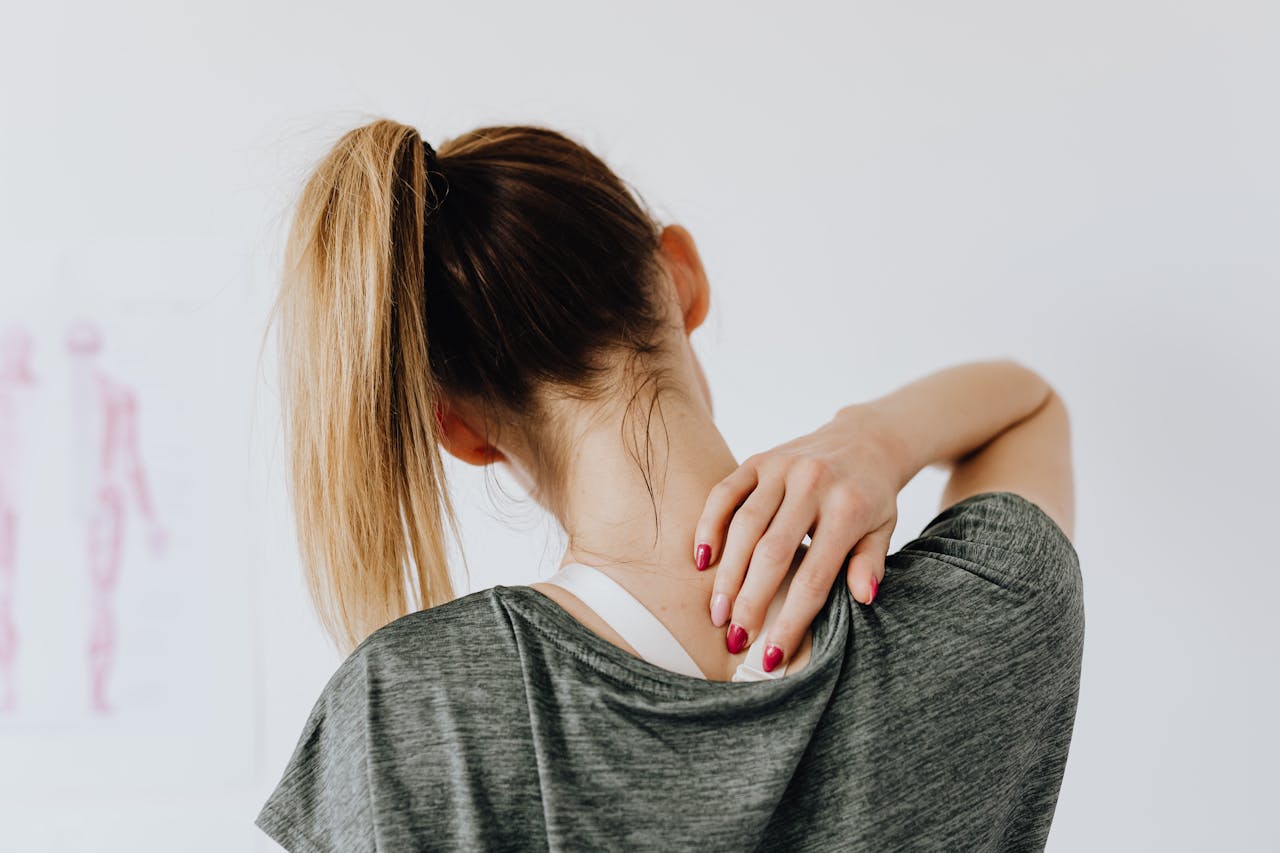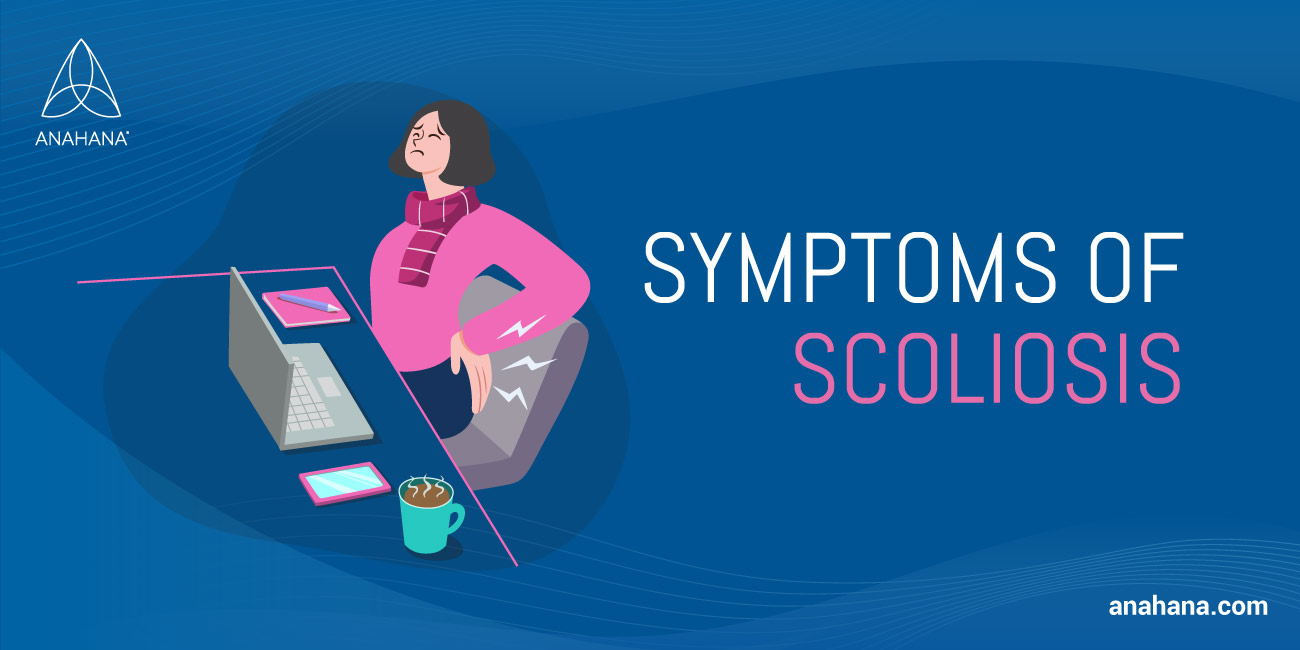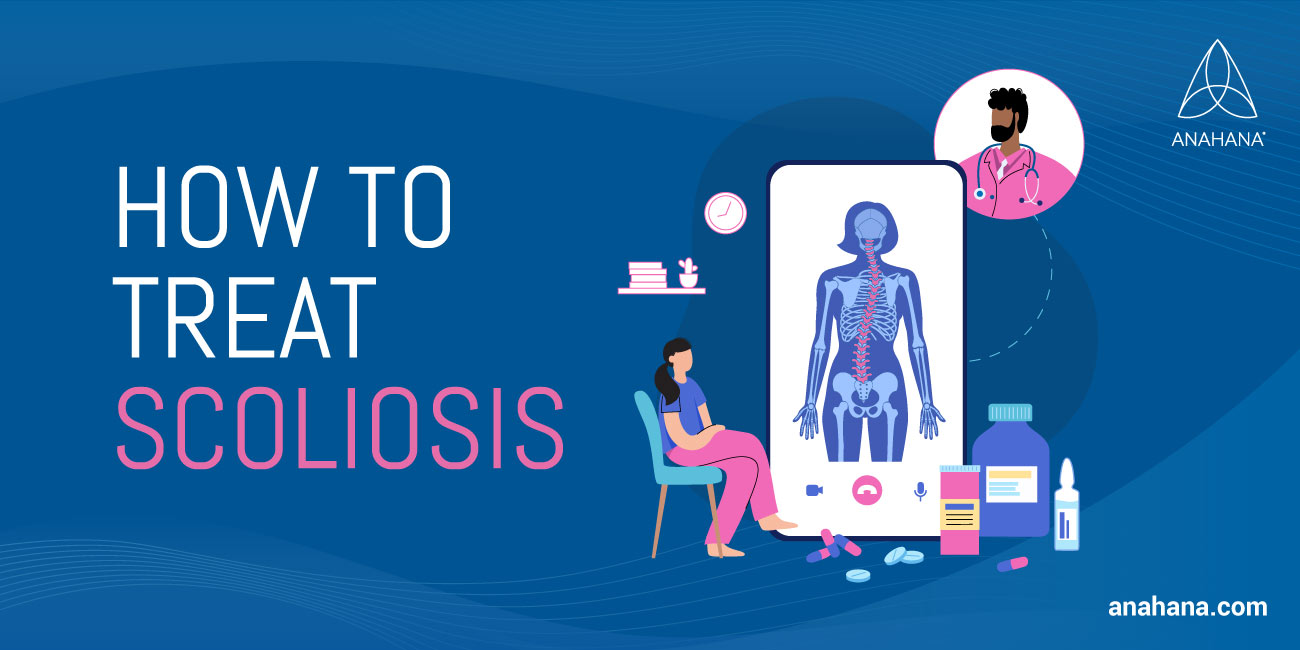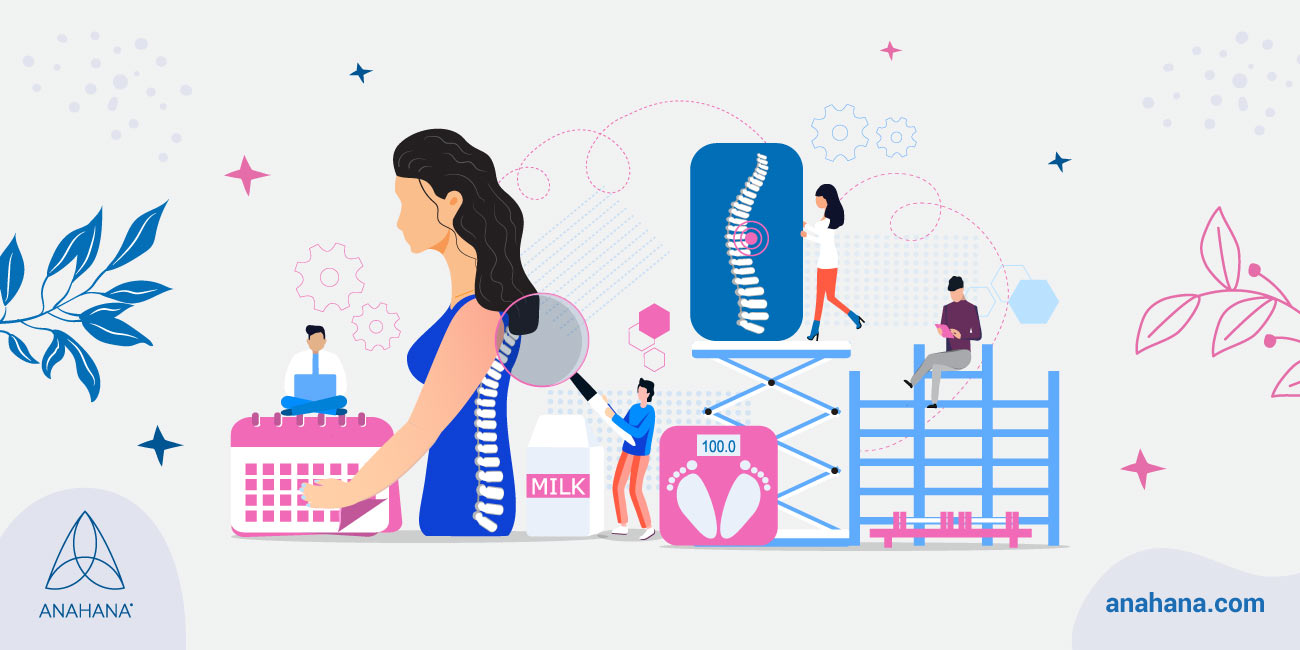
Table of Contents
Scoliosis is an abnormal sideways curvature of the spine that affects the symmetry of the spine.
Key Takeaways
- Definition: Scoliosis is an abnormal sideways curvature of the spine, often forming an S or C shape.
- Types: It includes idiopathic (unknown cause, most common), congenital (present at birth due to vertebrae malformation), neuromuscular (caused by conditions like cerebral palsy), and degenerative (age-related spinal degeneration).
- Symptoms: Common signs include uneven shoulders, hips, back pain, and in severe cases, difficulty breathing.
- Diagnosis: Diagnosed through physical examination, x-rays, and sometimes MRI.
- Treatment: Scoliosis treated through options ranging from bracing and physical therapy to surgical interventions like spinal fusion are the most common.
What is Scoliosis?
Scoliosis is a condition where a person has an abnormal sideways curve to their spine. The spine is composed of a stack of 24 bones called vertebrae. This is called the spinal column, which provides support and helps to protect the spinal cord. Although the spine has some natural front and back curvature, it typically has no sideways curvature.
Therefore, a scan from the front of a normal spine will appear straight. A scan of the spine of a person with scoliosis from the front will show an S or C-shaped curve. Scoliosis curves are in the thoracic and lumbar spine. The spinal curvature can range from ten degrees, considered mild scoliosis, to a hundred degrees or more. Scoliosis may be visible to others as people with scoliosis appear to be standing unevenly or have uneven shoulders and hips. Scoliosis may be treated with more conservative treatments or may need surgical intervention.
Idiopathic Scoliosis
Usually, scoliosis appears in children and adolescents from the ages of ten to fifteen years old. This type of scoliosis is called idiopathic scoliosis and is the most common type of scoliosis. The cause of idiopathic scoliosis is unknown, although it can run in families. Idiopathic scoliosis may start as mild but can progress to become more severe as a child grows and goes through puberty.
Congenital Scoliosis
A spinal deformity causes congenital scoliosis at birth. More specifically, congenital scoliosis is often due to mishappen vertebrae present at birth. The most common cause is when one or multiple vertebrae do not fully form at birth, also known as a hemivertebra. Congenital scoliosis can also be due to vertebrae that fail to separate.
Neuromuscular Scoliosis
Neuromuscular scoliosis is when a person has an underlying neuromuscular condition such as cerebral palsy, spina bifida, or muscular dystrophy that causes scoliosis. Neuromuscular scoliosis curves will often appear at an earlier age than idiopathic scoliosis and will progress rapidly.
Degenerative Scoliosis
Scoliosis in older adults can be degenerative scoliosis. Degenerative scoliosis appears in the adult years due to degenerative conditions, including degenerative disk disease or arthritis in the spine. Most often, degenerative scoliosis occurs due to degeneration of the spine's facet joints. Degenerative scoliosis can often cause back pain, leg pain, or tingling sensations that travel down the legs.
What are the Signs and Symptoms of Scoliosis?
 Some common signs of scoliosis can be visible when looking at a person and their natural posture. People with scoliosis may appear to have uneven shoulders or an uneven waist. When standing, a person with scoliosis may seem to have different-length arms. A person with scoliosis may also have one shoulder blade more visible than the other. There may also be some asymmetry in the ribs. A prominence may appear on the back when a person is bending forward.
Some common signs of scoliosis can be visible when looking at a person and their natural posture. People with scoliosis may appear to have uneven shoulders or an uneven waist. When standing, a person with scoliosis may seem to have different-length arms. A person with scoliosis may also have one shoulder blade more visible than the other. There may also be some asymmetry in the ribs. A prominence may appear on the back when a person is bending forward.
Other symptoms of scoliosis include back pain, numbness, or tingling sensations down the leg. Because scoliosis curves cause postural imbalances, some muscles have to accommodate this imbalance which can cause chronic back pain. In addition, the abnormal sideways curvature of the spine can compress nerves which cause symptoms including tingling, pain, or impairments in fine motor control. A person may also experience fatigue and stiffness.
Sociolosis can prevent the circulation of CSF in the brain, which leads to tension headaches and migraines. Scoliosis can also cause decreased pulmonary functioning. In cases of severe scoliosis, it can be more challenging for the rib cage to expand fully, causing people to have difficulty taking full and deep breaths. Scoliosis can also affect the digestive system as it may put pressure on the stomach and intestines and cause digestive problems.
How is Scoliosis Diagnosed?
For a diagnosis of scoliosis, a doctor will typically do a physical examination and neurological exam, including an x-ray. They will look for imbalances in the shoulder and hips, differences in the rib cage, and prominences when the person bends forward. MRI imaging can also help to diagnose underlying conditions.
What Causes Scoliosis?
An abnormality in the vertebrae causes congenital scoliosis. Neuromuscular scoliosis develops because of underlying neuromuscular conditions such as muscular dystrophy, cerebral palsy, and spina bifida. Idiopathic scoliosis, which is the most common, does not have a known cause. But it is the most common form of scoliosis (around 80% of cases). Idiopathic scoliosis can run in families; therefore, if there is a family history of scoliosis, you may be more at risk for developing scoliosis.
How to Treat Scoliosis?
 Scoliosis treatment depends on many factors, including the severity and cause of scoliosis and age. The goals for treating scoliosis are to prevent the worsening of the spinal curves or to straighten the spine. Treatments may also focus on improving postural imbalances and decreasing symptoms such as back pain.
Scoliosis treatment depends on many factors, including the severity and cause of scoliosis and age. The goals for treating scoliosis are to prevent the worsening of the spinal curves or to straighten the spine. Treatments may also focus on improving postural imbalances and decreasing symptoms such as back pain.
For children or adolescents with moderate or severe scoliosis, a back brace helps to prevent the spinal curve from getting worse. Braces typically will be worn between 13-16 hours a day.
A doctor may recommend surgery to prevent the curve from getting worse or to help straighten the spine for more severe cases. Spinal fusion surgery is one surgical procedure for scoliosis. Spinal fusion surgery fuses two or more vertebrae using bone grafts to help straighten the spine.
Another scoliosis surgery involves placing one or more metal rods that help to straighten the spine and can expand as a child or adolescent grows. A less invasive spinal surgery is vertebral body tethering, where metal anchors attach to the vertebrae. A chord is then tethered through the anchors and tightened to help straighten the spine.
One alternative treatment for scoliosis is yoga. Yoga for scoliosis can help strengthen muscles that may have become weak due to imbalances caused by scoliosis. Yoga can also help support proper posture and decrease back pain caused by scoliosis. Yoga also helps stretch muscles that may be tense and create more symmetrical alignment.
Pilates can also be an alternative scoliosis treatment. Pilates effectively corrects postural imbalances and strengthens muscles that promote proper posture. Other treatment options for scoliosis include physical therapy and chiropractic adjustments.
Frequently Asked Questions: What is Scoliosis
 Does all scoliosis require treatment?
Does all scoliosis require treatment?
- Mild scoliosis may not always require treatment, but practicing yoga or pilates with mild scoliosis could help to support proper posture and maintain range of motion.
- Moderate to severe scoliosis can progress and cause adverse effects, including pain and pulmonary effects, and require treatment.
Can you prevent scoliosis?
- Since the cause of most types of scoliosis, including childhood idiopathic scoliosis and adolescent idiopathic scoliosis, remains relatively unknown, there are few preventative methods.
- If there are genetic predispositions to scoliosis, exercises to help promote posture can be used as a preventative method.
Will adolescent scoliosis stop progressing after puberty?
- Progression of mild or moderate childhood and adolescent scoliosis will often stop once the spine stops growing.
- With more severe spine curves, the curves may continue to progress past puberty.
Resources
Scoliosis | Johns Hopkins Medicine
Scoliosis: Symptoms, Treatment and Surgery
Adult Scoliosis: Symptoms, Diagnosis, Treatment & Outcome
Scoliosis – Symptoms, Diagnosis and Treatment
Scoliosis - Symptoms and causes - Mayo Clinic.
8 Ways Scoliosis Affects the Body | Dr. Jason Lowenstein
Idiopathic Scoliosis in Children and Adolescents - OrthoInfo - AAOS
Congenital Scoliosis - OrthoInfo - AAOS
Neuromuscular Scoliosis - OrthoInfo - AAOS
Scoliosis Prevention: How to Stop Further Progression of the Scoliosis Curve
Disclaimer
The contents of this article are provided for informational purposes only and are not intended to substitute for professional medical advice, diagnosis, or treatment. It is always recommended to consult with a qualified healthcare provider before making any health-related changes or if you have any questions or concerns about your health. Anahana is not liable for any errors, omissions, or consequences that may occur from using the information provided.

By: Anahana
The Anahana team of researchers, writers, topic experts, and computer scientists come together worldwide to create educational and practical wellbeing articles, courses, and technology. Experienced professionals in mental and physical health, meditation, yoga, pilates, and many other fields collaborate to make complex topics easy to understand. Anahana is also home to specialists in crystals, tarot, angel numbers, astrology, life path numbers, zodiac signs, and horoscopes. By combining evidence-based wellness with spiritual and energetic practices, the team offers clear, trustworthy guidance for both mind-body health and modern spirituality.